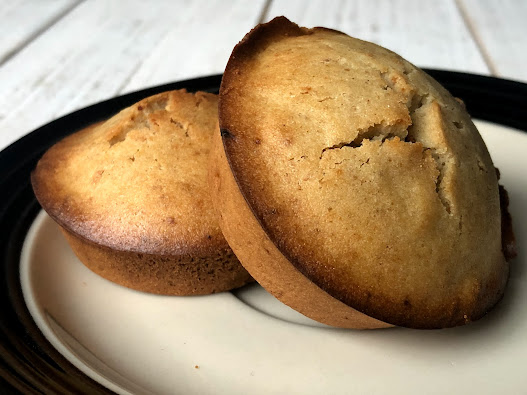 |
For this entry, I made two recipes. Neither of them were especially good, but I don't blame the people who posted the original recipes or any of the traditions they came from, I blame myself and my propensity for Googling things that might kill me. It just so happens that shortly before I made this meal, I learned that the reason you're supposed to boil shellfish alive is because it contains Vibrio, which sounds like a lovely genre of orchestral music with harpsichords and violins and stuff but is not.
Vibrio is a bacteria that proliferates out of control beginning in the moment immediately following the death of the animal that harbors it. According to the CDC, eating food infected with Vibrio causes either a mild illness or certain death, I can't quite tell which one. Apparently, people who are exposed to Vibrio parahaemolyticus usually just get sick but around 1 in 5 of those exposed to Vibrio vulnificus die, so maybe it's best to avoid all types of Vibrio just to be on the safe side.
Anyway prior to obtaining this information I put some frozen clams and frozen oysters into my shopping cart for the occasion of making food from Marche, Italy, and then I walked around the store for another 45 minutes and then I spent another 90 minutes in the car driving home, giving Vibrio more than two hours to make themselves and several thousand generations of their children at home in my food. I did actually boil the crap out of the oysters and clams in fear for the lives of myself and my children but by then the mental block was already there. So I did not enjoy the meal, but I should also add that I really think I just don't like all the weird little bits of strange-looking things that go along with eating shellfish, so I was extra-predisposed to not liking this particular culinary experience.
Having said all of that, Marche is a region in the central part of Italy. It's home to around 1.5 million people and has a 107-mile-long coast, hence its apparent love of seafood. It does have some other specialties like Maccheroncini di Campofilone, a very thin pasta that in retrospect would have been fun to make and wouldn't have made me fear for my life, but it's too late to go back now.
Here's what I made. Eat shellfish at your own risk. Definitely don't let it defrost for 2-plus hours.
(Header photo by trolvag is licensed under the Creative Commons Attribution-Share Alike 3.0 Unported license.)





























